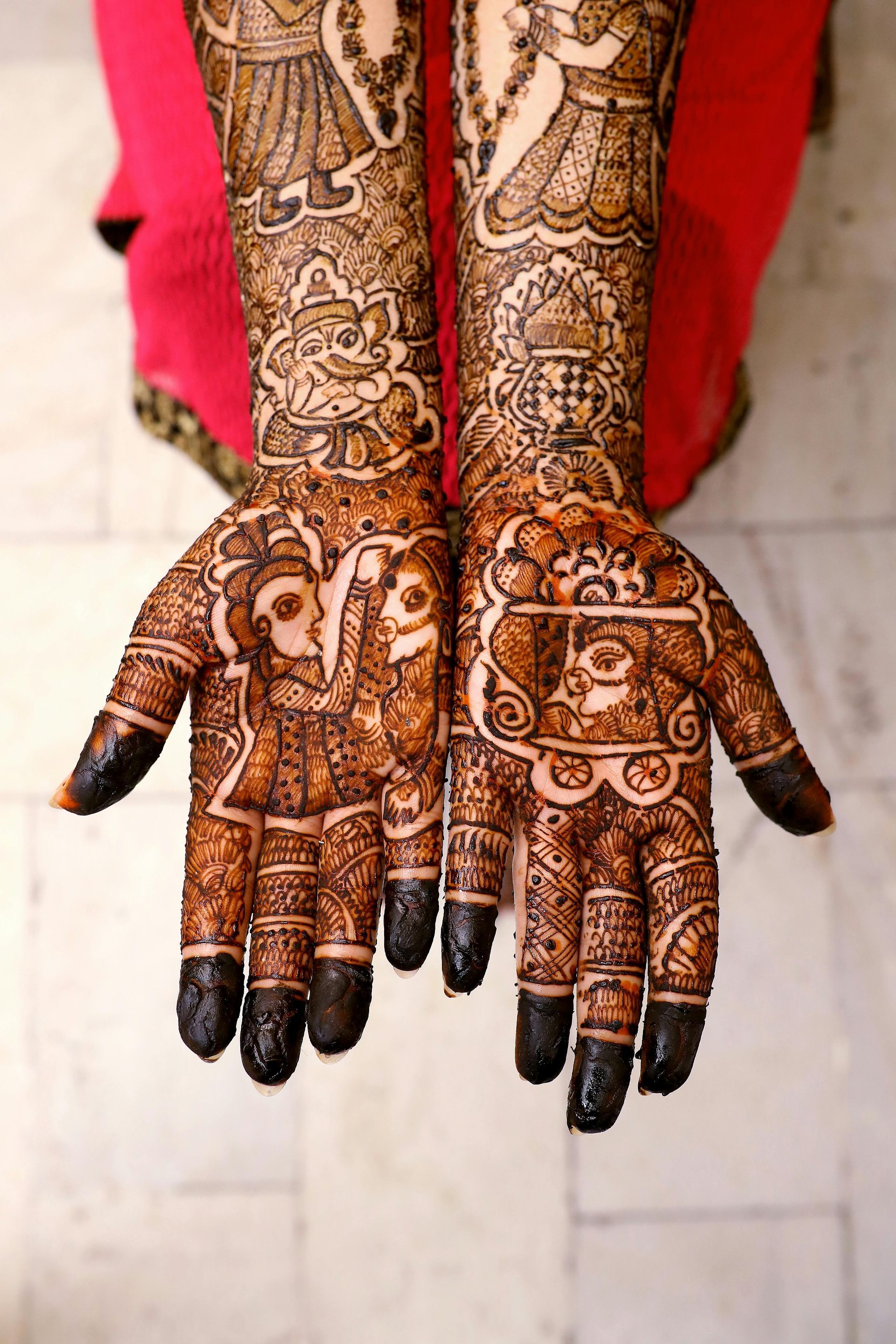Artisanal Excellence: A Guide to Buying Handcrafted Souvenirs
Artisanal Excellence: A Guide to Buying Handcrafted Souvenirs
When travelling, one of the most delightful experiences is discovering unique treasures that encapsulate the culture and artistry of a place. Handcrafted souvenirs are not just keepsakes but tangible connections to the people, stories, and traditions of the regions we visit. In this guide, we'll explore how to make thoughtful, informed choices when purchasing handcrafted items, helping you not only to take home something beautiful but also to support local artisans along the way.
What is a Handcrafted Souvenir?
Handcrafted souvenirs are those made by skilled artisans using traditional techniques, often passed down through generations. Whether it’s pottery from Morocco, handwoven textiles from Peru, or wood carvings from Bali, these items showcase the artistry and cultural heritage of their place of origin. Unlike mass-produced souvenirs, handcrafted items often carry with them a sense of individuality, making them a more meaningful way to remember your travels.
What makes handcrafted souvenirs so special is the human touch behind every piece. Each item tells a story, reflecting the personal skill and creativity of the artisan who made it. When you purchase a handcrafted souvenir, you are not just buying an object; you are investing in a piece of a culture and preserving craftsmanship that might otherwise fade away.
The Importance of Buying Handcrafted
Buying handcrafted items goes beyond acquiring a beautiful souvenir. It’s a chance to support local economies and sustain traditional crafts. Mass-produced souvenirs, often imported and sold cheaply, do little to support the regions they claim to represent. By contrast, handcrafted items provide artisans with a fair income and contribute to the cultural and economic fabric of the community.
Moreover, handcrafted souvenirs are typically made using local, sustainable materials. By opting for these, you're making a conscious decision to support more environmentally friendly practices and reduce the impact of tourism on the planet.
How to Identify Quality Handcrafted Items
While it can be tempting to buy the first eye-catching souvenir you see, it’s important to ensure that what you're purchasing is genuinely handcrafted. Here are a few tips to help you identify quality:
- Check for imperfections: Handcrafted items are rarely flawless. Small inconsistencies in stitching, texture, or finish are often a sign that the item was made by hand rather than by a machine.
- Ask about the process: Don't be shy to ask the vendor about how the item was made. Artisans will often be proud to share details of their craft, including the materials and techniques used.
- Look for local materials: Genuine handcrafted items often use materials sourced from the region. Whether it’s locally dyed fabrics, indigenous woods, or natural pigments, the use of authentic materials is a hallmark of quality.
- Inspect the craftsmanship: Pay attention to the intricacy and detail of the work. Well-made handcrafted items will have a level of care and attention that mass-produced goods cannot replicate.
Top Destinations for Handcrafted Souvenirs
For those seeking to bring home truly unique treasures, certain destinations are renowned for their artisanal craftsmanship. Here are a few places where handcrafted items are a must:
- Marrakech, Morocco: Famous for its intricate pottery, handwoven rugs, and brass lanterns, Marrakech is a haven for lovers of traditional craftsmanship.
- Chiang Mai, Thailand: Known for its silk, lacquerware, and wood carvings, Chiang Mai offers a rich selection of handcrafted souvenirs made by skilled local artisans.
- Cusco, Peru: From vibrant textiles made by Andean weavers to silver jewellery reflecting Incan designs, Cusco is a top destination for finding beautiful, handcrafted items.
- Bali, Indonesia: Bali's wood carvings, textiles, and silver jewellery are celebrated worldwide. The island is home to numerous artisan villages where you can witness the craft process first-hand.
Tips for Buying Authentic Handcrafted Goods
When searching for the perfect handcrafted souvenir, here are a few tips to ensure authenticity:
- Buy directly from artisans: Purchasing from markets, artisan workshops, or cooperatives is a great way to ensure that your money goes directly to the people who made the items.
- Avoid tourist traps: High-traffic tourist areas often sell mass-produced items disguised as handmade. Instead, venture off the beaten path to find more authentic, locally made goods.
- Negotiate respectfully: In many cultures, bargaining is a part of the buying process. However, be mindful to negotiate fairly. Remember that these items take time and skill to create, and paying a fair price supports the artisan's livelihood.
- Research Cultural Significance: It’s possible that the item you purchase could have cultural or religious significance. Ask the artisan or do your own research about how the item could or should be displayed respectfully in your home.
Supporting Artisans and Local Economies
One of the most rewarding aspects of buying handcrafted souvenirs is knowing that your purchase helps sustain traditional arts and crafts. Many artisans rely on tourism to support their families and maintain their cultural heritage. By investing in their work, you’re not only acquiring a meaningful item, but also playing a role in preserving craftsmanship for future generations.
Additionally, when you purchase directly from local artisans, you help strengthen the local economy, ensuring that money stays within the community rather than flowing to large corporations.
Unique Handcrafted Souvenirs to Look For
While the variety of handcrafted souvenirs is vast, here are a few timeless and unique items worth considering:
- Textiles: From handwoven blankets to intricate scarves, textiles are often rich in cultural significance and practical as well.
- Pottery and Ceramics: Each region has its own unique style of pottery, whether it’s the intricate patterns of Moroccan ceramics or the earthy tones of Japanese tea sets.
- Jewellery: Handcrafted jewellery often incorporates local stones, metals, and techniques, making it both a beautiful and personal keepsake.
- Wood Carvings: From religious icons to abstract art, wood carvings can reflect a wide range of cultural symbolism.
Conclusion
Buying handcrafted souvenirs offers a unique opportunity to bring a piece of your travels home while supporting artisans and preserving cultural heritage. By following these tips and being mindful of the craftsmanship and materials behind each item, you’ll not only find beautiful treasures but also help sustain a tradition of excellence for years to come.











